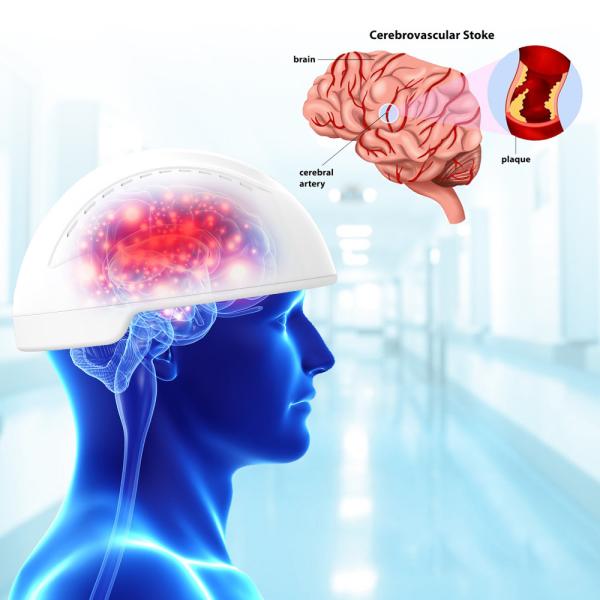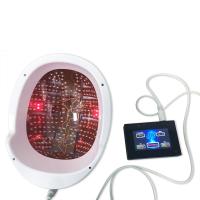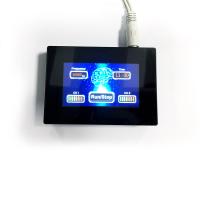Shenzhen Guangyang Zhongkang Technology Co., Ltd. established in 2007, is a rapid growing enterprise, which
integrate the producing and marketing of health Analyzer machines.
After 10-year-effort and development, now we have become one of the
leading health Analyzer Machine manufacturers and suppliers in
China. We are always keeping a very kind relationship with many
Nutrition products factories, Health-care research organizations
and hospitals in china, and have been enjoying high reputation in
health care and recovery market domestically and internationally.
Our factory focus on health analyzer machine such as 8D LRIS NLS
health analyzer, Matatron NLS, USB Iriscope, skin analyzer,
Microcirculation, High Potential therapy machine, Low Level Laser
Therapy Device and etc.. We support OEM and ODM service. We have
CE, FC, and medical device certificate for our medical products.
No matter you are professional Doctors or want to buy a machine for
home using, we can meet all your need. And our goods have been
widely used in Lab, Hospital, Luxury Health care center, and etc..
Our goods are famous for their high stable quality and reasonable
price. We are capable of supplying our products in various kinds of
designs according to customer’s specific requirements.
We have provide more than 100 OEM products which exported to about
40 countries and regions all over the world. In order to provide
more professional service to our clients, we had set up our new
selling and marketing center, near the Shenzhen North station on
2013, which is easy for our customers to visit.
GuangYangZhongKang has powerful R & D teams, we provide OEM, ODM
service, and we have good cooperation with IIPA, IPP which provide
Iridology training course, and NLS training course.
We aim at providing the best health analyzer machine, and making a
contribution to the field of preventing and healthcare.












